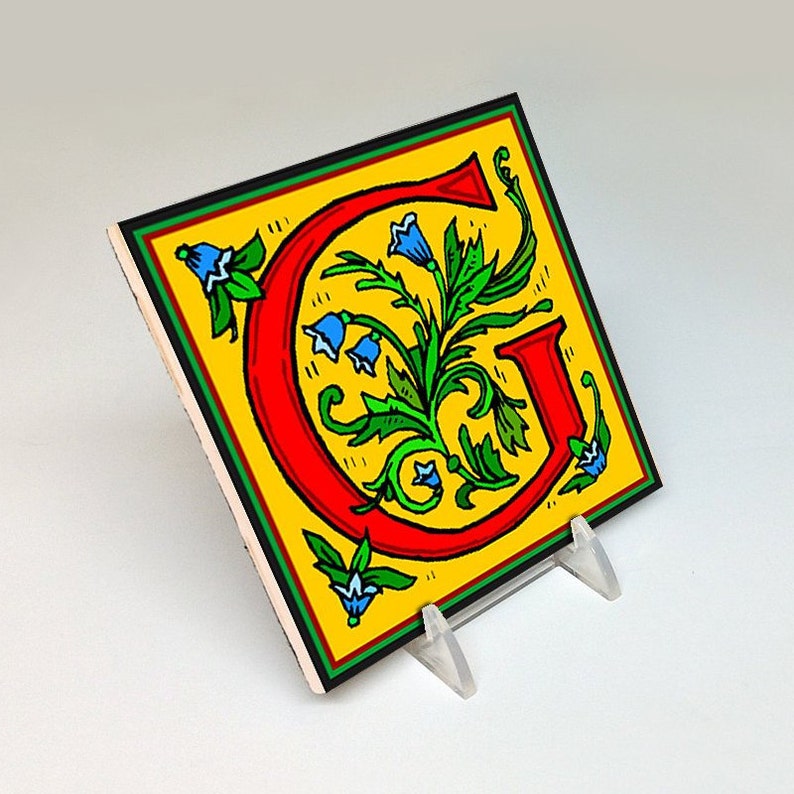

What are some of the variables in play? And how did the choice for a certain design affect, positively and negatively, the manner in which the medieval book could be used effectively? Figure 1. Indeed, it can be argued that a page’s design was (and is) key to a book’s success. How and where words were placed on the page – their size and script, and their location – were important considerations in this process of turning the book into a tool that was up to the task. Readers, in turn, preferred their books – and the pages in them – to be formatted in certain ways because they planned to use them for performing particular tasks: to educate or be educated (teachers and students), to entertain or to be entertained (minstrels and courtiers), or to gather a body of information and consult it (scholars, preachers, physicians, lawyers). Like other material features of the manuscript, page design is usually reflective of how the book would be used, but in their choices scribes also responded to the preferences – demands, even – of the individuals who would ultimately use the manuscript.

Everything is there for a reason and serves a specific purpose and so, too, is the manner in which the text was spread out over the page. Nothing encountered on the medieval page is a coincidence. Looking at the medieval page, it is not difficult to regard it as an engineered construction: a convoluted space defined by columns and corridors, with rooms inhabited by thoughts and ideas (Figure 1). The project was funded by the Arts and Humanities Research Council.It may seem a stretch to compare page design with architecture, but the comparison really works, I think. The Project Directors were Professor Linne Mooney, Dr Simon Horobin and Dr Estelle Stubbs. Late Medieval English Scribes was developed by The Centre for Medieval Studies at the University of York and the University of Oxford with technical development provided by The Humanities Research Institute, University of Sheffield. The resource includes the searchable characters thorn (þ) and yogh (ȝ). Speculum: A Journal of Medieval Studies, 81 (2006). in Scribes, Scripts and Readers: Studies in the Communication, Presentation and Dissemination of Medieval Texts. 'The Production of Copies of the Canterbury Tales and the Confessio Amantis in the Early Fifteenth Century' in Medieval Scribes, Manuscripts, and Libraries: Essays Presented to N. Advanced search options cover scribal profile, manuscript description, codicology and provenance, and decoration. The catalogue may be browsed by manuscript location/shelfmarks, scribal profiles, authors and letters. These were chosen as having the most variable forms in late medieval English scripts and thus the best distinguishing graphs of a scribal hand. In addition to the overall aspect images of the scribal hands and manuscript descriptions, the site includes images of sample letter forms for eight letters, a, d, g, h, r, s, w and y.

The catalogue includes an image of each scribal hand, brief descriptions of the manuscripts and images of selected sample letter forms. This resource is of particular relevance to manuscript studies, palaeography, literature and codicology. The online catalogue will enable specialists and interested members of the public to trace the connections between manuscripts of this period and to make further identifications of manuscripts written by these scribes. The project investigated the manuscripts of the writers' literary works to find relationships among the writers and their patrons and audiences through the identification of the scribes who wrote the manuscripts. The catalogue contains 419 manuscript descriptions, 524 scribal profiles, almost 17000 images of letter forms and 436 images of manuscript pages.

Late Medieval English Scribes is an online catalogue of all scribal hands (identified or unidentified) which appear in the manuscripts of the English writings of five major Middle English authors: Geoffrey Chaucer, John Gower, John Trevisa, William Langland and Thomas Hoccleve. Descriptions and illustrations of the scribal handwriting of all medieval and early modern manuscripts of English works by Geoffrey Chaucer, John Trevisa, John Gower, William Langland and Thomas Hoccleve Contents


 0 kommentar(er)
0 kommentar(er)
